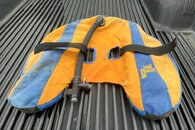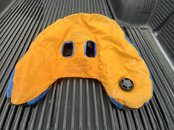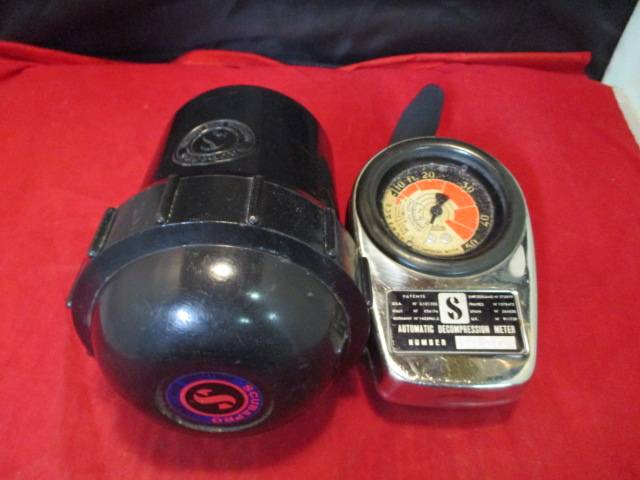sure!
It is an Italian product, made by SOS in Turin, and then rebranded by various makers. My one was marked Scubapro, it was the luxury model, stainless steel body instead of black plastic.
Bought it in 1978, sold it two years later.
It was acceptable for doing dives well within the NDL. It was entirely unreliable for deco dives with multiple stops, which was the standard way of diving here in the Mediterranean in the seventies (we all started using twin tanks).
It was tracking just one of 12 compartments (tissues), so it was correctly tuned only for dives between 30 and 40 m and with no deco. And it went of out of tuning after slightly more than one year of usage.
So I had to also always use my watch, my depth meter and my US Navy tables, and comparing the results. And almost invariantly I was following the tables, so I understood that carrying with me that bulky decompression meter was superfluous (and potentially dangerous).
So I sold it, and I did use happily my tables until 2018...
But I kept its waterproof plastic case, an ovoidal and rugged plastic container with an O-ring. I use it for carrying with me the save-a-dive kite (regulator parts, zip strip, etc.).






